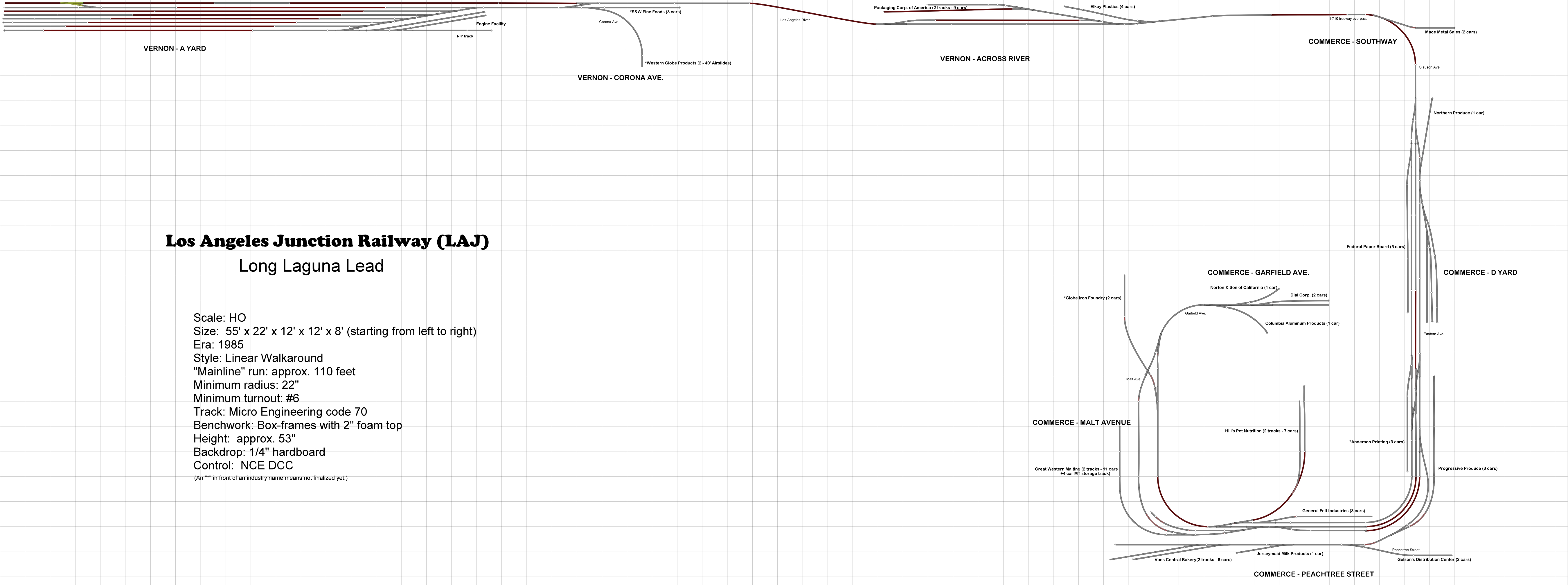Not that I am anywhere close to having any sort of Ops Session (though the gameplan is to have the first one - hopefully - next year), it is fun to at least think about how the layout is to be operated.
It's been a while since my last update. Basically, most of the wiring is in and once my first loco with DCC arrives (I've contracted out my DCC installs to a resident expert around these parts), I'll start testing to make sure everything is working ok. Which I think it should - I connected and turned on the NCE system and it didn't blow up! That's a good sign... But anyway back to some paperwork...
I plan on operating using a variation of the car card/waybill system but like several people have been doing, using the new format for a single-trip waybill. However, my layout is set in 1985 and by then everything in the prototype world was computerized and paperwork was printed out on dot matrix printers. You can actually download (for free) several examples of dot matrix fonts for Windows or Mac, so thats what I did, then quickly threw together a waybill in Excel matching a prototype one I have.
Prototype (left) - model (right)

Obviously some more tweaking to do (formatting etc) but it's a start. Final product to be printed on 3" x 5" (or whatever the size is) cardstock.
Next, I created an Industry Switch List (also in Excel). "Back in the day" (I'm talking 1980s/1990s in southern California), RR customers would have tablets of these switch lists where they will fill out the work orders they want for the day - release of empties, request of loads coming in, specific instructions for spotting. This list would either be left in the "bill box" outside the industry for the crew to read before switching, or most common in my locale, the list would be faxed to the yard office (or freight agent) where it and several others would be used to create the actual switch list(s) for the crews. (Often times, when these were faxed, copies of the industry switch list would be attached to the RR switch list depending on the crew.)
My example on the left, the prototype list on the right. The Hill's plant is one of the industries I am modeling; still trying to figure out how my crews will call them a half-hour before switching :)
Still some more tweaking to do on my list. I had to get creative and do some Photoshop to get that unique LAJ font onto mine.













